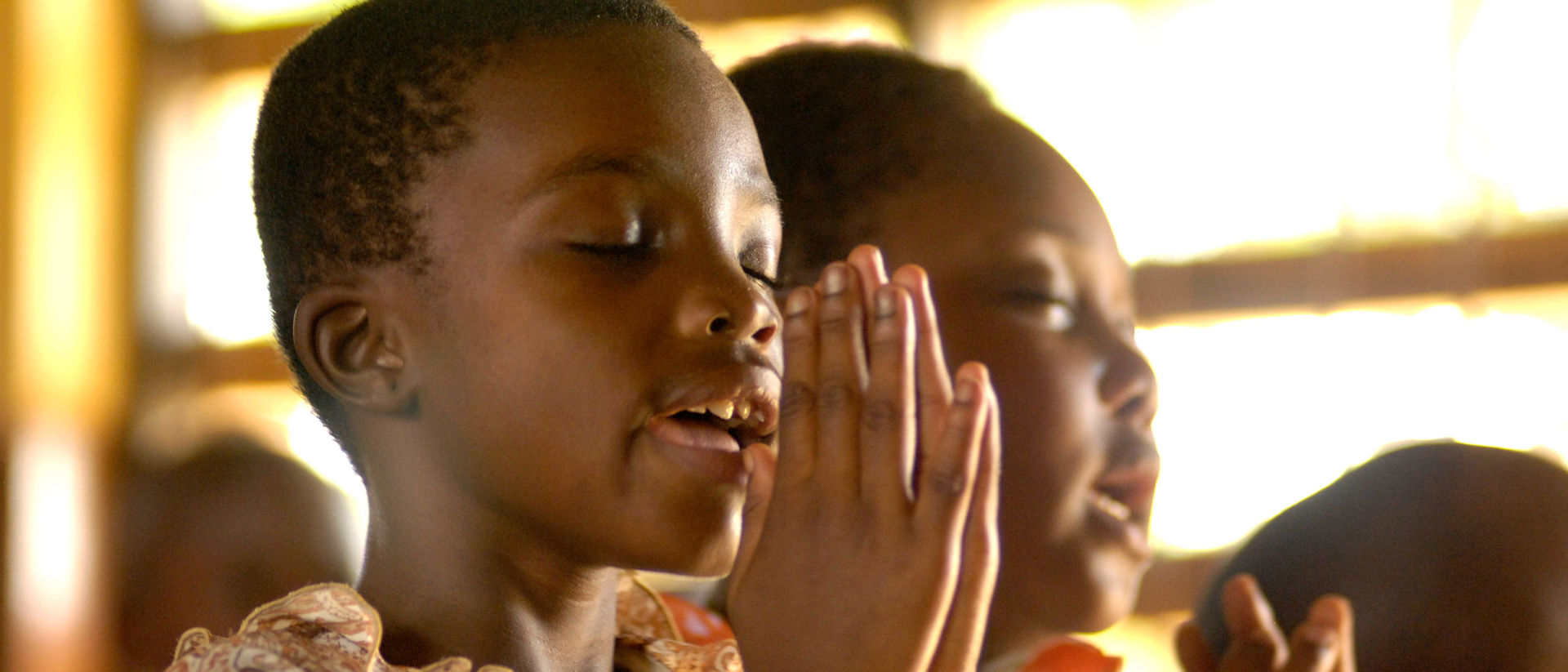
In Genesis 2 we read the creation account of the first human being. In many English translations of Genesis 2, the first human is simply called “man”. This “man” is understood by most people as referring to a male human rather than to a generic human. However, in the Hebrew text, the first “man” is not specifically referred to as a male human (ish) until after the “operation” mentioned in Genesis 2:21-22 when a part, or side, is taken out of him.
A man, woman, or child of the species Homo sapiens, distinguished from other animals by superior mental development, power of articulate speech, and upright stance.
After the “operation”, the now undoubtedly male human sees the female human and says, “This one is bone of my bone and flesh of my flesh! She will be called ‘woman’ (ishshah) because she was taken out of ‘man’ (ish)” (Gen. 2:23). The first woman (ishshah) and the first man (ish) may have both been a part of, or one side of, the first human being (ha’adam).
Adam can mean “human” and “humanity”
The Hebrew word adam can mean “human being”, and not necessarily a male human being. For instance, in the Hebrew of Genesis 5:2, humankind—both men and women—are referred to as “adam” by God. In Genesis 1:27 it says that “God created humankind (ha’adam) in his own image, in the image of God he created him; male and female he created them.” In Genesis 2, the first human is fairly consistently referred to as ha’adam (הָאָדָם), especially before the “operation”.
In the screenshots below, I have highlighted every incidence of ha’adam (the human) in yellow. (N.B. In verse 5 there is no article but the context indicates that adam is not a proper noun.)[4] I have also highlighted every incidence of ish (man) with blue, and ishshah (woman) with pink. Looking at the screenshots below, we clearly see an ish, a male person, after the side that is made into the woman is taken out of ha’adam, and not before.
Have a look. Is it clear?
The Hebrew and English texts in the screenshots are used with permission and taken from mechon-mamre.org I have added the coloured highlights and I have omitted verses 9-14.
Conclusion
I believe the Genesis 2 creation account was designed to show the equality, compatibility and unity of the first man and woman. It may be we are even meant to understand that they both had the same source, ha’adam, and shared the same flesh, made from the same ground, that had been personally enlivened by God’s own breath (Gen. 2:7). Genesis 2 thus gives further insight regarding the equality of men and women already stated in Genesis 1:26-28.
Genesis 1 tells us that both men and women were given the same authority and had the same status at creation. No one, man or woman, was given authority over another person. There is no hint of any gender hierarchy, or a difference in status, among humankind before sin entered the world.
Evidence of a so-called “creation order” in the Genesis 2 creation account, often used to support the notion of male-only authority, is not clear cut. Though we may say that Adam was created first, he was a considerably different person after the “operation” than before. A chunk of him was now missing. It had been taken out by God and had become an integral part of the first woman. Since a significant part of the first woman was a part, or a side, of the first human, the concept of “the created order” is not clear cut or decisive.
Does Genesis 2 show that the first human being had a male side and a female side?
Endnotes
The story of Adam and Eve may not be the story about the very first humans, or the only humans, God created, but the story of the couple who were the first people created in an ancestral line that would include Israel.
To some, the idea may be new that God created human beings other than Adam and Eve, but the biblical text shows us that Adam and Eve’s oldest son Cain was aware of humans other than those of his family. He was worried they would attack him when God drove him away from his farmland (Gen. 4:13-15).
Furthermore, Cain went to live in a land called Nod, a land with a name and, therefore, presumably an inhabited land (Gen. 4:15). And he may have found his wife there (Gen. 4:16). Cain later built a city called Enoch. Who were the inhabitants of this city? Were they only Cain’s descendants?
An integral part of the first woman was literally taken out of the first human. The Hebrew word traditionally translated as “rib” typically means “side”. In the Septuagint (the Greek Old Testament), the Greek word pleura means “side”, particularly the side of the body. An English translation from the Septuagint is that God “took one of his sides . . . and he built the side into a woman” (Gen. 2:21-22).
The man continues to be mostly called ha’adam of Genesis 3.
In the early chapters of Genesis, adam is often used with the definite article, ha’adam, meaning “the human being”. Occasionally, however, adam serves as the proper name “Adam”, usually written without the article. The first relatively unambiguous instance in the Hebrew text of the first human being called “Adam” is not until Genesis 3:17.
In Genesis 2:20 the article may be hidden by the inseparable preposition bet. I suspect English translations of “Adam” in verse 20 to be incorrect and based on the Masoretic pointing that was not part of the “inspired” biblical text. I am happy to be corrected on this. Many English translations use the proper name “Adam” in Genesis 2:20. Here are a few translations that don’t.
Unfortunately, the Septuagint transliterates (rather than translates) the Hebrew adam into the proper noun “Adam” in every, or most, instances in Genesis 2 (depending on the edition), whether there is an article or not.
About The Author:
Marg Mowczko lives north of Sydney, Australia, in a house filled with three generations of family. She strongly believes that if we are in Christ we are part of the New Creation and part of a community where old social paradigms of hierarchies and caste or class systems have no place (2 Cor. 5:17; Gal. 3:28). As well as a BTh, Marg has an MA with a specialisation in early Christian and Jewish studies from Macquarie University.
Marg Mowczko is married to Peter and they have two grown sons, a daughter-in-law, and two adorable grandchildren. They all live north of Sydney, Australia.
Marg Mowczko became a Christian at a camp approximately 45 years ago, when she was about 10 years old.
Source: GhanaChurch.com – Ghana Churches News Portal







